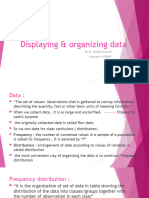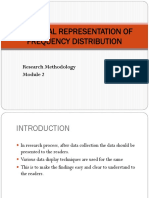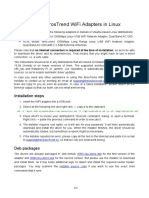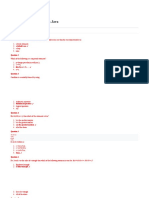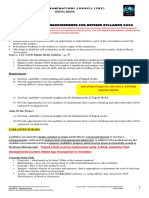0% found this document useful (0 votes)
61 views10 pagesGraphical Representation of Data Word
The document discusses the importance and methods of graphical representation of data, emphasizing its convenience, visual appeal, and ease of understanding. It outlines various types of diagrams and graphs, including bar diagrams, pie diagrams, histograms, and line graphs, along with guidelines for their construction. Additionally, it addresses the limitations of graphs, such as potential confusion and the inability to convey comprehensive information.
Uploaded by
raviprikowthriCopyright
© © All Rights Reserved
We take content rights seriously. If you suspect this is your content, claim it here.
Available Formats
Download as DOCX, PDF, TXT or read online on Scribd
0% found this document useful (0 votes)
61 views10 pagesGraphical Representation of Data Word
The document discusses the importance and methods of graphical representation of data, emphasizing its convenience, visual appeal, and ease of understanding. It outlines various types of diagrams and graphs, including bar diagrams, pie diagrams, histograms, and line graphs, along with guidelines for their construction. Additionally, it addresses the limitations of graphs, such as potential confusion and the inability to convey comprehensive information.
Uploaded by
raviprikowthriCopyright
© © All Rights Reserved
We take content rights seriously. If you suspect this is your content, claim it here.
Available Formats
Download as DOCX, PDF, TXT or read online on Scribd
/ 10








